What does this mean? For many people when they are told to contract the abdominals, what they really are doing is sucking in, pulling up their diaphragm and bringing the abdominal contents with it. This is not muscle work.
|
In a recent post on “Habits and Sucking In”, I talked about becoming aware of how often we hold our stomach in to not look fat. In the fitness world we are told to “suck it in” or “hold the abdominals tight” to help protect the spine. This language can get really confusing: suck it in, contract your core, hold it up, use your abs... What does this mean? For many people when they are told to contract the abdominals, what they really are doing is sucking in, pulling up their diaphragm and bringing the abdominal contents with it. This is not muscle work. The muscle that should be contracting is called the transversus abdominus. It is the deepest of our 3 muscles in the side body wall. In order to engage the entire muscle and to perform a correct contraction, the ribs should be flush with the body wall and the spine and pelvis should be in neutral (when lying on your back your pubis and pelvic bone are all even). The cue that I like to give is to "use your muscles to pull your belly button back to your spine." I find it helpful to have people perform the contraction on the exhale phase of the breath. Make sure to keep the pelvis level during the contraction. When performing a lower abdominal exercise such as the leg lift, you can tell if you are not using the transversus abdominis if your rectus abdominis (your six pack muscle) pokes out and looks like a bread loaf. Try contracting the muscle before you lift the legs and see if the “loaf” stays flat and engaged. Susan McLaughlin is a physical therapist who specializes in the management of pelvic floor and orthopedic dysfunctions. She is the owner of ALIGN integration|movement in Salt Lake City, UT. Helpful tips and other self care strategies can be found at www.alignintegrationandmovement.com.
94 Comments
Typically the clients that I work with have been in pain for a long time. Pain that has continued past 6 months is considered to be chronic. Most of the people that I see have had pain for years... As the cycle of pain continues past the normal tissue healing process, pathways to the brain can become affected, this is called central sensitization. A “wind up” of sorts occurs in the nervous system so that your threshold for pain actually lowers. What this means is that, what used to be a mild stimulus sensed in the body, is now more reactive and can set off a “flare”, i.e. a loud noise becomes louder, light becomes brighter. Studies have shown that exercise can be an effective way to manage chronic pain levels. So, how does someone with chronic pain initiate a program so that it doesn’t set off a “flare” or increase current pain levels? The goal of a movement or exercise program is to open the “therapeutic window” just wide enough to improve daily function without increasing pain. The first step is to become aware of performing exercise and movements with good alignment. The better the body is aligned, the less damaging forces are acting on your joints, and your muscles can be more efficient. To learn more about what good alignment is, attend my free intro to alignment session, and then sign up for Restorative Exercise™ classes. The exercise classes are designed to move through a variety of stretches and motor skills to get your body back into alignment and functioning more optimally. The second step is to tune into, and understand your tension patterns. For many people with pain, holding the muscles in a braced and tightened position is very common because it is a way to protect the area. However, over time, the muscles habitually will go into that pattern of tension and you may not even be aware of it anymore. It is important to tune back in and allow the muscles to relax. When muscles are in a constant state of contraction, blood flow is not able to circulate properly to bring in oxygen and remove wastes to the area for tissue healing and regeneration. Learning to become aware of specific muscle groups and to consciously relax them is an essential process to begin to reprogram the nervous system and heal. Focused breathing can be an effective tool for relaxing muscles. People with chronic pain typically take short, shallow breaths that result in the upper chest and shoulders expanding on the in breath. The goal is to allow the belly to be soft, as you expand the ribcage so the lungs can fill more completely on inhalation. Filling the lungs means more oxygen to your system. Practice focused breathing and relaxation daily. Start with short sessions, and then progress to 15-30 minutes. The third step is flexibility. Begin to stretch the muscles that have been held in a contracted state. As the muscles begin to lengthen, the grip and compression held in the joints that they cross, will begin to loosen up. The joints will have more range of motion as the muscles let go. As you stretch, begin to feel for the very first resistance to the motion. In the beginning, it is important to stay below a pain threshold or intense sensation of the muscle being stretched. Make sure that you have good alignment when performing the stretch and stay relaxed. Less is more when you first start out. If you notice that your pain has increased after the stretch session, modify for the next session: 1) you may need to perform every other day rather than daily 2) hold the stretch for less time 3) back off of the intensity of the stretch and make sure you are performing the stretch correctly. The fourth step is to begin a walking program for endurance and aerobic conditioning. Begin with short bouts of walking, maybe 5 minutes 2-3 times a day. Increase the duration of walk by 5 minutes every 1-2 wks until you are able to walk 20-30 minutes. Chronic pain conditions require tailored exercise and movement modification. For those of you with chronic pain, utilizing the guidelines presented in this post, may open the “therapeutic window” to enhance function and quality of life. Susan McLaughlin is a physical therapist who specializes in the management of pelvic floor and orthopedic dysfunctions. She is the owner of ALIGN integration|movement in Salt Lake City, UT. Helpful tips and other self care strategies can be found at www.alignintegrationandmovement.com.
|
AuthorSusan McLaughlin, FEEL GOOD SERIES:
|
|
|
Archives
November 2022
May 2022
November 2021
April 2021
December 2020
September 2020
July 2020
June 2020
May 2020
April 2020
February 2020
October 2019
September 2019
August 2019
July 2019
March 2019
January 2019
December 2018
November 2018
September 2018
August 2018
June 2018
March 2018
February 2018
January 2018
December 2017
November 2017
October 2017
August 2017
July 2017
May 2017
March 2017
February 2017
January 2017
December 2016
November 2016
September 2016
August 2016
July 2016
June 2016
May 2016
April 2016
February 2016
January 2016
December 2015
November 2015
October 2015
September 2015
August 2015
July 2015
June 2015
May 2015
February 2015
January 2015
December 2014
November 2014
October 2014
August 2014
June 2014
May 2014
March 2014
February 2014
January 2014
December 2013
November 2013
October 2013
August 2013
July 2013
June 2013
May 2013
March 2013
January 2013
December 2012
November 2012
October 2012
September 2012
August 2012
July 2012
June 2012
May 2012
April 2012
March 2012
February 2012
January 2012

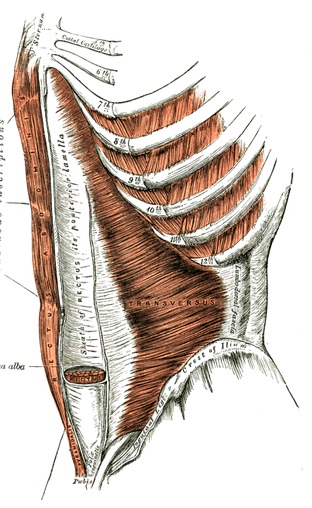
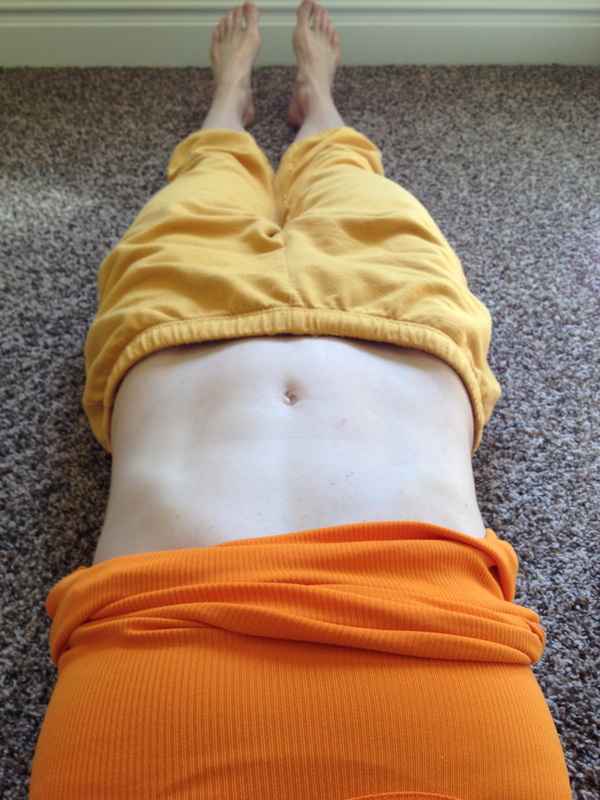
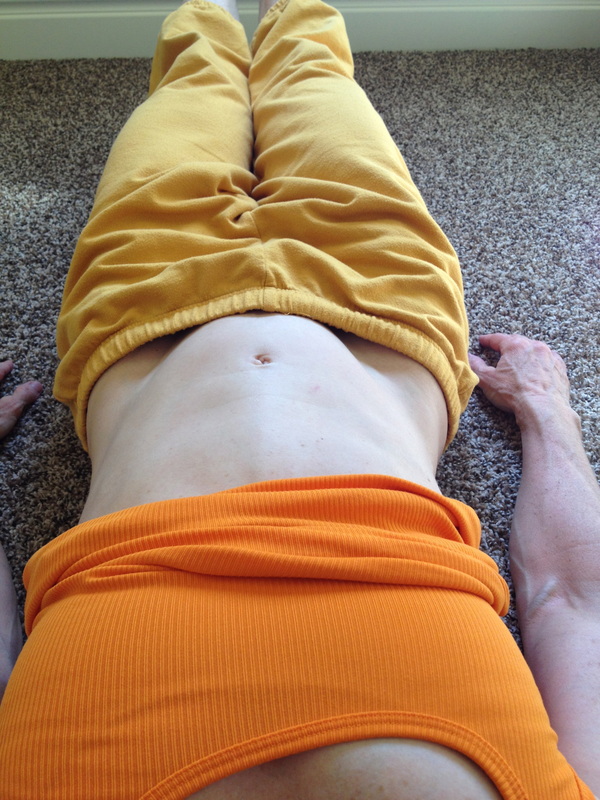
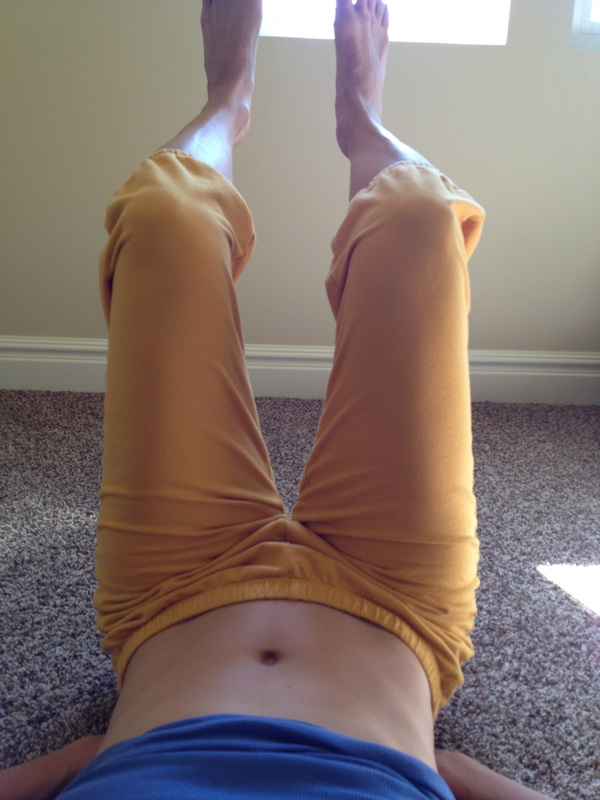


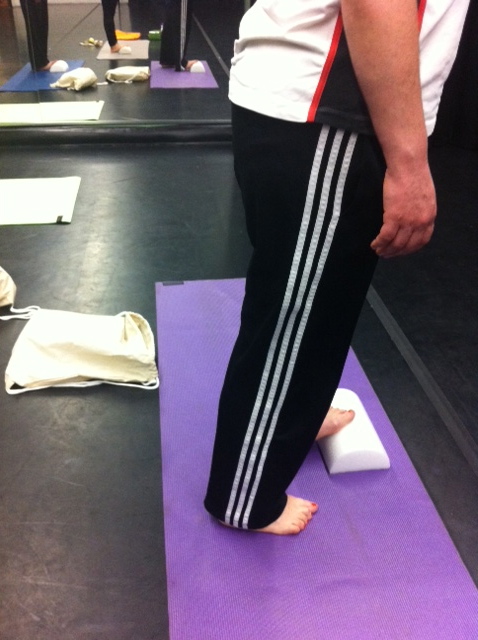






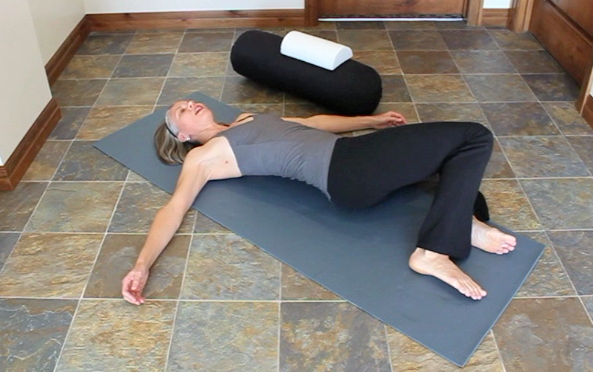
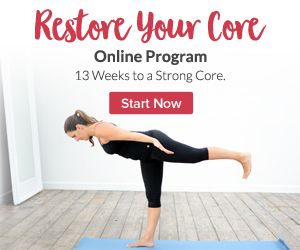
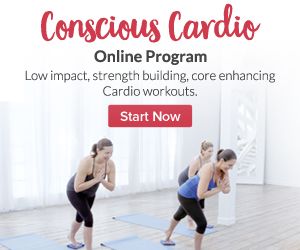
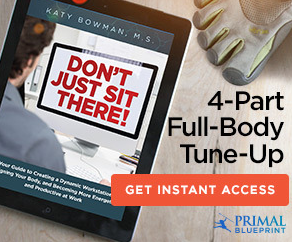
 RSS Feed
RSS Feed